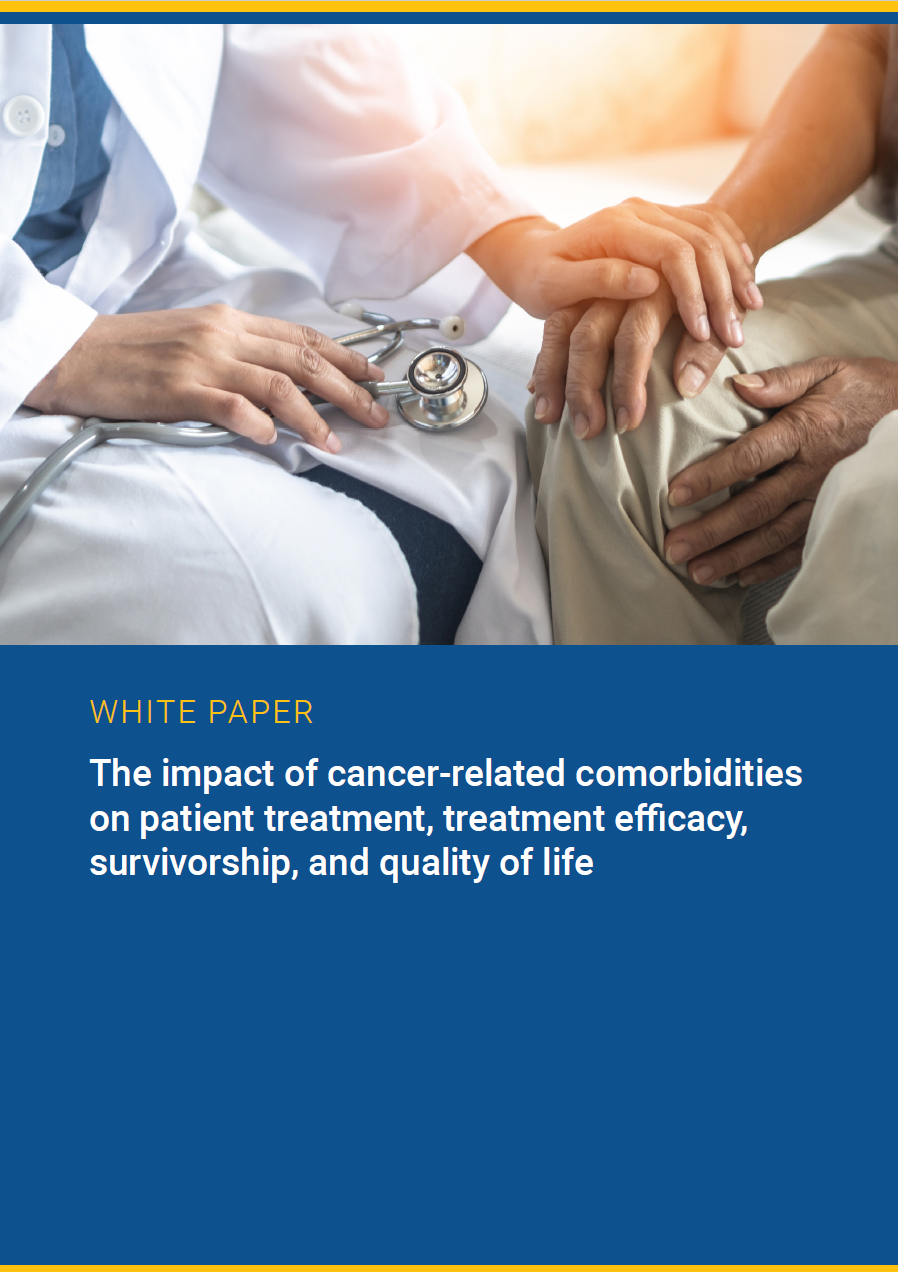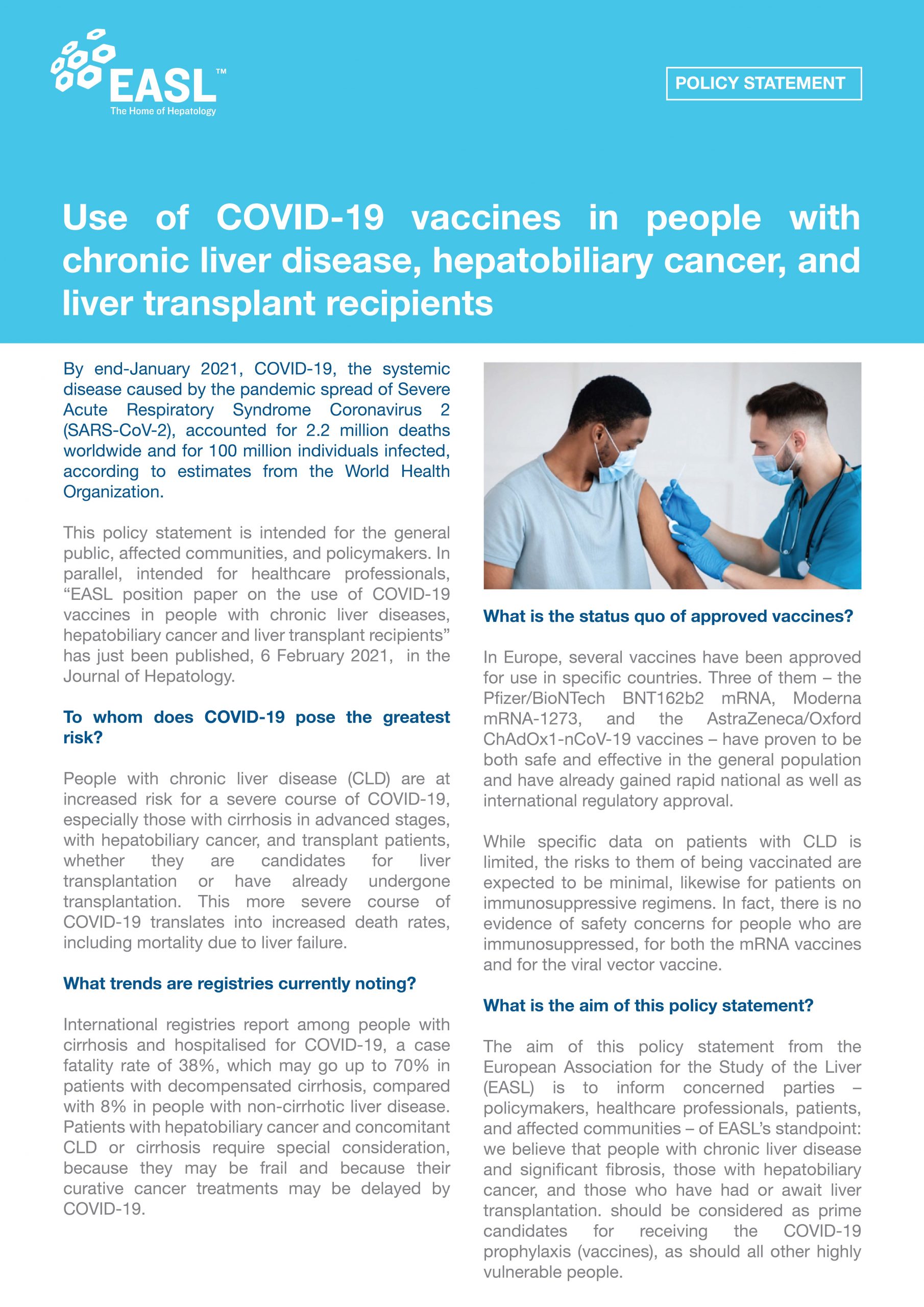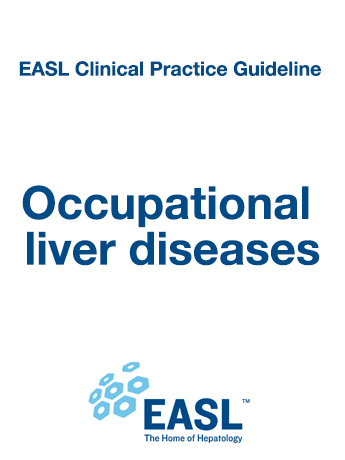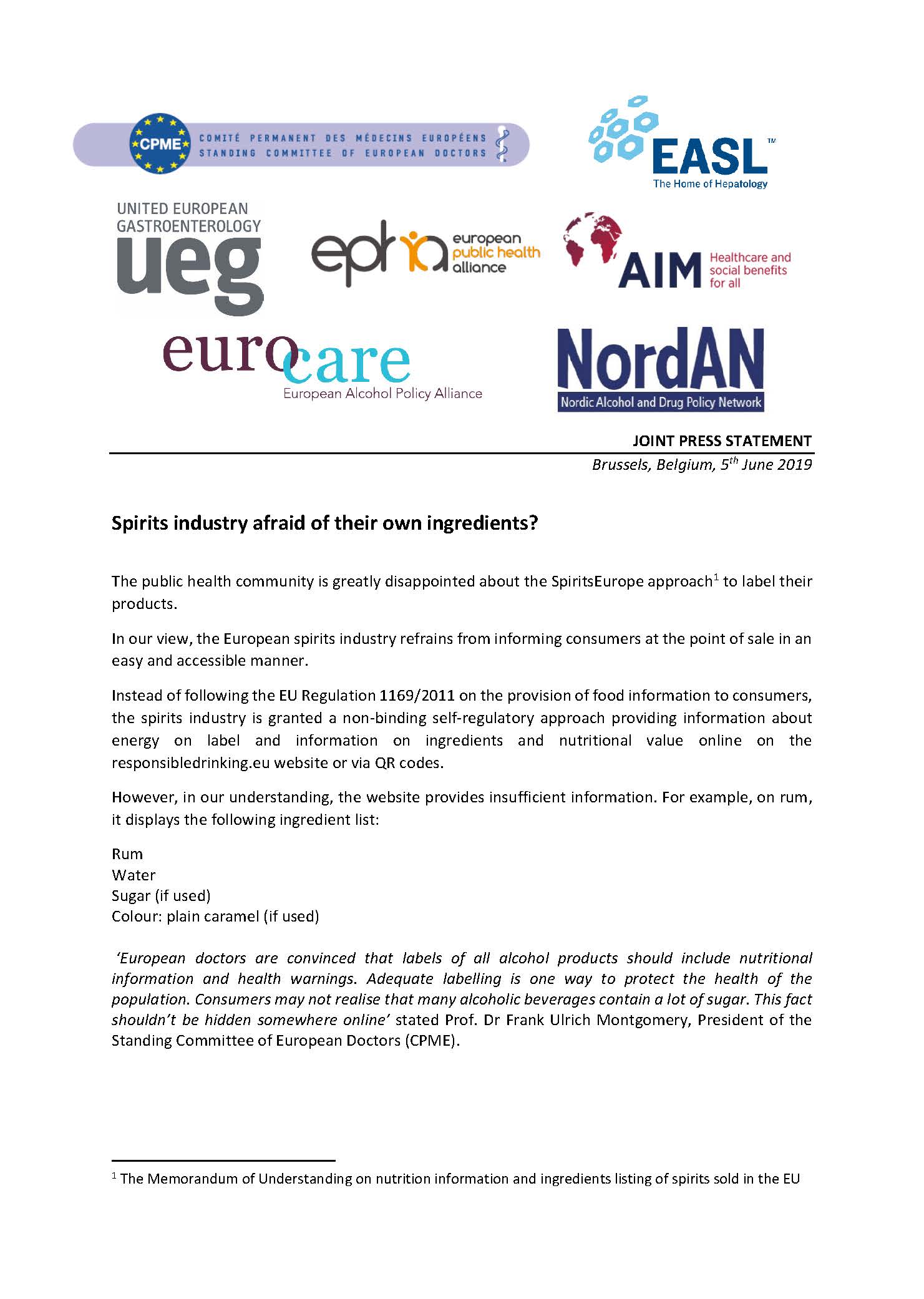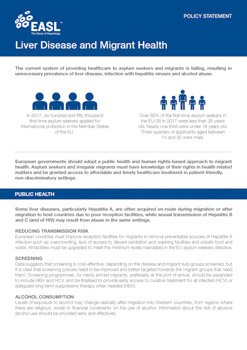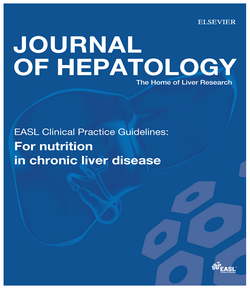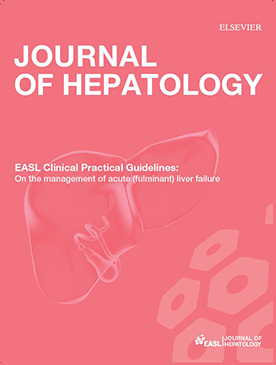EASL, WHO, and ECDC Joint statement: Ensuring high-quality viral hepatitis care for refugees from Ukraine
Geneva, 3 May 2022: This joint statement of the European Centre for Disease Prevention and Control (ECDC), World Health Organization (WHO) and EASL provides an overview of public health guidance aimed to ensure that the needs of refugees in relation…



